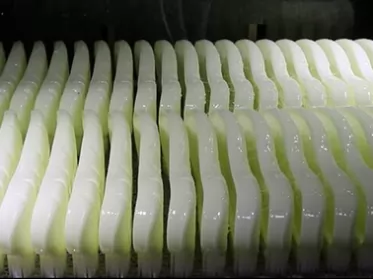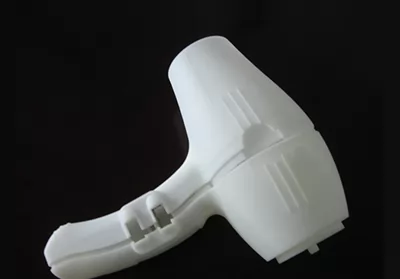SLA 3D printers, also known as stereolithography 3D printer or laser 3D printer. SLA is an abbreviation of "Stereo Lithography Apparatus" or "stereolithography".Focusing on the surface of the photocurable material with a laser of a specific wavelength and intensity, from point to line, from line to surface solidification, complete a level of drawing operation, then move the lifting table vertically in the height of a layer, and then solidify Another level. This layer stacking constitutes a three-dimensional entity. SLA is the first practical rapid prototyping technology, using liquid photosensitive resin raw materials.
Technical advantages
The technology is mature. The photocuring molding method is the earliest rapid prototyping process with high maturity and time-testing.
Fast speed. Prototype made directly from CAD digital models, processing speed is fast, product production cycle is short, no cutting tools and molds are needed.
Manufacture of complex structures. It can process prototypes and molds with complex structural shapes or difficult to shape using traditional methods.
Design changes are easy. Visualize CAD digital models and reduce the cost of bug fixes.
The design change cycle is short. Once the design problem is discovered, the design changes can be quickly implemented, samples can be provided for the experiment, and the results of the computer simulation calculation can be verified and verified.
Application
SLA 3D printers are used in a range of industries from manufacturing to product design, and engineering. If you are looking for highly detailed prototypes with tight tolerances and smooth surfaces to design patterns, molds, and assembly parts, SLA 3D printing services is a great option for you. From Automobile to jewelry, dentistry, education, and model making, the SLA 3D printing process is your way to go.
Related News
Reduce the Cost of 3D Printing
Advantages of SLA Technology
Different SLA 3D Printing Materials
Welcome to contact us to know more.









